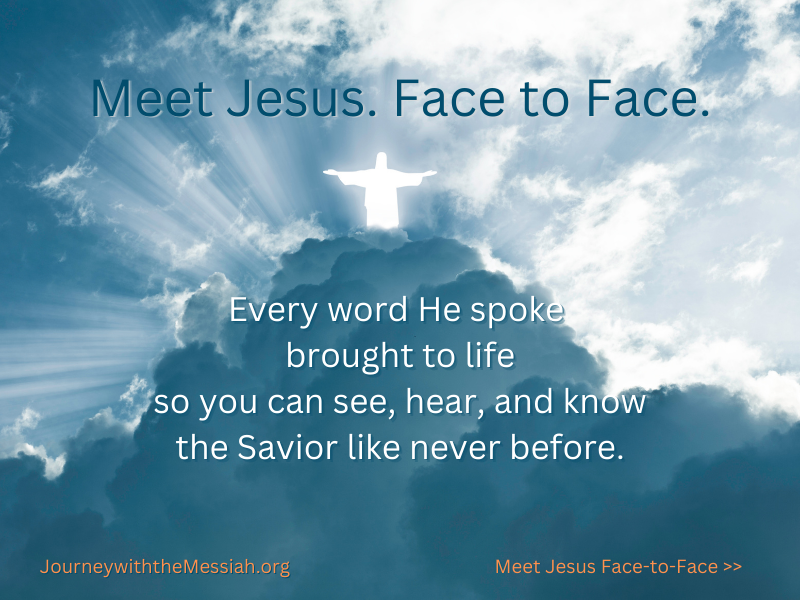We ask you, urgently: don't scroll past this
Dear readers, Catholic Online was de-platformed by Shopify for our pro-life beliefs. They shut down our Catholic Online, Catholic Online School, Prayer Candles, and Catholic Online Learning Resources essential faith tools serving over 1.4 million students and millions of families worldwide. Our founders, now in their 70's, just gave their entire life savings to protect this mission. But fewer than 2% of readers donate. If everyone gave just $5, the cost of a coffee, we could rebuild stronger and keep Catholic education free for all. Stand with us in faith. Thank you.Help Now >
Why did the Japanese attack Pearl Harbor? What lessons can we learn from that fateful day?
FREE Catholic Classes
December 7 is the anniversary of the Japanese attack on Pearl Harbor. As flags fly at half-staff, it is important to remember what happened and why. Could such a thing ever happen to our country again?
Highlights
Catholic Online (https://www.catholic.org)
12/7/2016 (9 years ago)
Published in U.S.
Keywords: Pearl Harbor, Arizona, Japan, motivation, reason, goal, plan, impact, effect
LOS ANGELES, CA (California Network) - At 7:55 AM, while sailors gathered on deck and prepared to start their duty, more than 300 Japanese aircraft approached Pearl Harbor.
These aircraft dropped bombs, launched torpedoes, and strafed targets in and around the naval base at Pearl Harbor. The attacks went on for nearly two hours. It was a surprise attack, launched by Japan, which was not formally at war with the United States. Until the moment of attack, President Roosevelt and others believed the Japanese desired peace. What was happening?
Japan developed imperial ambitions a few decades earlier. The island nation enjoyed a very proud history. The culture of the Japanese people was (and still is) remarkably refined and had been for centuries.
In the 19th century, the U.S., British and other major powers introduced industrialization to Japan. Within a matter of decades, Japan went from being an isolated agrarian nation to a fully industrialized power. The Japanese quickly realized that their future and their quality of life depended on making these changes, even though they were difficult.
The Japanese watched as the United States, among other nations, carved up the Pacific. From the Philippines to the many small islands dotting the sea, the Americans forged an empire that included the beautiful Hawaiian Islands. By the early 20th century, the U.S. had control of a series of Pacific islands which served as fuel stations for ships crossing the ocean.
Japan did an excellent job industrializing, but their factories required raw materials. The Japanese began to seek these raw materials overseas. Korea, China, and India, as well as Indochina and the Pacific islands all offered raw materials, land, and labor to keep Japanese factories running at full capacity.
The only way for Japan to enjoy these benefits would be to take them by force. In September 1931, World War II began with the Japanese invasion of Manchuria. This invasion was two years before Hitler came to power in Germany, and more than 11 years before the attack on Pearl Harbor.
On the eve of Pearl Harbor, Japan managed to position attack forces across the Pacific. At the same time as the attack at Pearl Harbor, Japanese forces attacked American and Allied forces at Wake, Guam, the Philippines, Midway and more. Over the coming month, Japan would invade Burma, Borneo, Hong Kong, and the Philippines.
The attack on Pearl Harbor had one main objective, knock out the Pacific Fleet to buy time. By sinking the American aircraft carriers, which by then were the backbone of the modern navy, Japan would prevent effective American action in the Pacific for six months to a full year, or even more. Japanese strategists figured within that time, they could consolidate their gains across the Pacific, then reassemble their veteran fleet to destroy the novice Americans in a final, decisive naval battle. With its navy destroyed and no way to project power into the Pacific, the Americans would be forced to sue for peace with Japan, leaving the imperial nation to enjoy its rich, new empire. It was a bold and brilliant plan that was destroyed by bad luck and underestimation.
When those 300 planes bore down on the Pacific Fleet in Pearl Harbor, one thing became immediately apparent - there were no aircraft carriers in sight. The carriers had recently departed on a training exercise and were not in the vicinity of Pearl Harbor. This saved them from being attacked.
The bombs and torpedoes intended for the carriers where instead spent on the battleships and various smaller ships scattered around the port. The Japanese sank 19 of the 96 ships in the harbor, although a few were later raised and repaired for service.
Two large American battleships, the USS Arizona and USS Utah were destroyed. The Utah was merely a target ship, used for training. From a sea power perspective, the USS Arizona was the greatest loss on that day. Sadly, 2,390 Americans lost their lives, 1,177 were on the Arizona. The Arizona was destroyed when one of its ammunition magazines exploded.
While those losses were shocking and grim, the Japanese attack ultimately failed. The Navy was not knocked out. The Japanese also failed to destroy the fuel reserves sitting in giant tanks - an easy target.
These failures meant the Navy could undertake operations almost immediately.
The Americans spent the next several months preparing for war. When Japan moved towards Pearl Harbor, the U.S. Navy was there, waiting for them. The Japanese lost three aircraft carriers in the battle and many of their experienced pilots.
Admiral Yamamoto, mastermind of the attack at Pearl Harbor remarked, "I fear we have awakened a sleeping giant." He was correct.
Today, most Americans don't know much about Pearl Harbor. Some barely know it happened at all. The closest experience most have are the terrorist attacks of September 11, 2001. And even today, the youth do not remember those attacks, some were yet to be born.
But can this happen again? Yes, it can. September 11 shared many similarities to Pearl Harbor. And the United States still competes for control of the world's raw materials, a factor which is often overlooked today.
If anything is different, it is that the U.S. now possesses overwhelming firepower, particularly in the form of its nuclear arsenal. The atomic bomb was a product of World War II, and it partly owes its existence to Pearl Harbor. This nuclear deterrent has kept the peace in the world for the many decades.
Hopefully, enough Americans and enough people making decisions around the world, learn more about Pearl Harbor and what happened afterwards. If we all come to realize how wasteful and terrible war is, we may shy away from it in time to prevent the next surprise attack and subsequent war. We pray.
---'Help Give every Student and Teacher FREE resources for a world-class Moral Catholic Education'
Copyright 2021 - Distributed by Catholic Online
Join the Movement
When you sign up below, you don't just join an email list - you're joining an entire movement for Free world class Catholic education.
An Urgent Message from Sister Sara – Please Watch
- Advent / Christmas
- 7 Morning Prayers
- Mysteries of the Rosary
- Litany of the Bl. Virgin Mary
- Popular Saints
- Popular Prayers
- Female Saints
- Saint Feast Days by Month
- Stations of the Cross
- St. Francis of Assisi
- St. Michael the Archangel
- The Apostles' Creed
- Unfailing Prayer to St. Anthony
- Pray the Rosary
![]()
Copyright 2026 Catholic Online. All materials contained on this site, whether written, audible or visual are the exclusive property of Catholic Online and are protected under U.S. and International copyright laws, © Copyright 2026 Catholic Online. Any unauthorized use, without prior written consent of Catholic Online is strictly forbidden and prohibited.
Catholic Online is a Project of Your Catholic Voice Foundation, a Not-for-Profit Corporation. Your Catholic Voice Foundation has been granted a recognition of tax exemption under Section 501(c)(3) of the Internal Revenue Code. Federal Tax Identification Number: 81-0596847. Your gift is tax-deductible as allowed by law.










